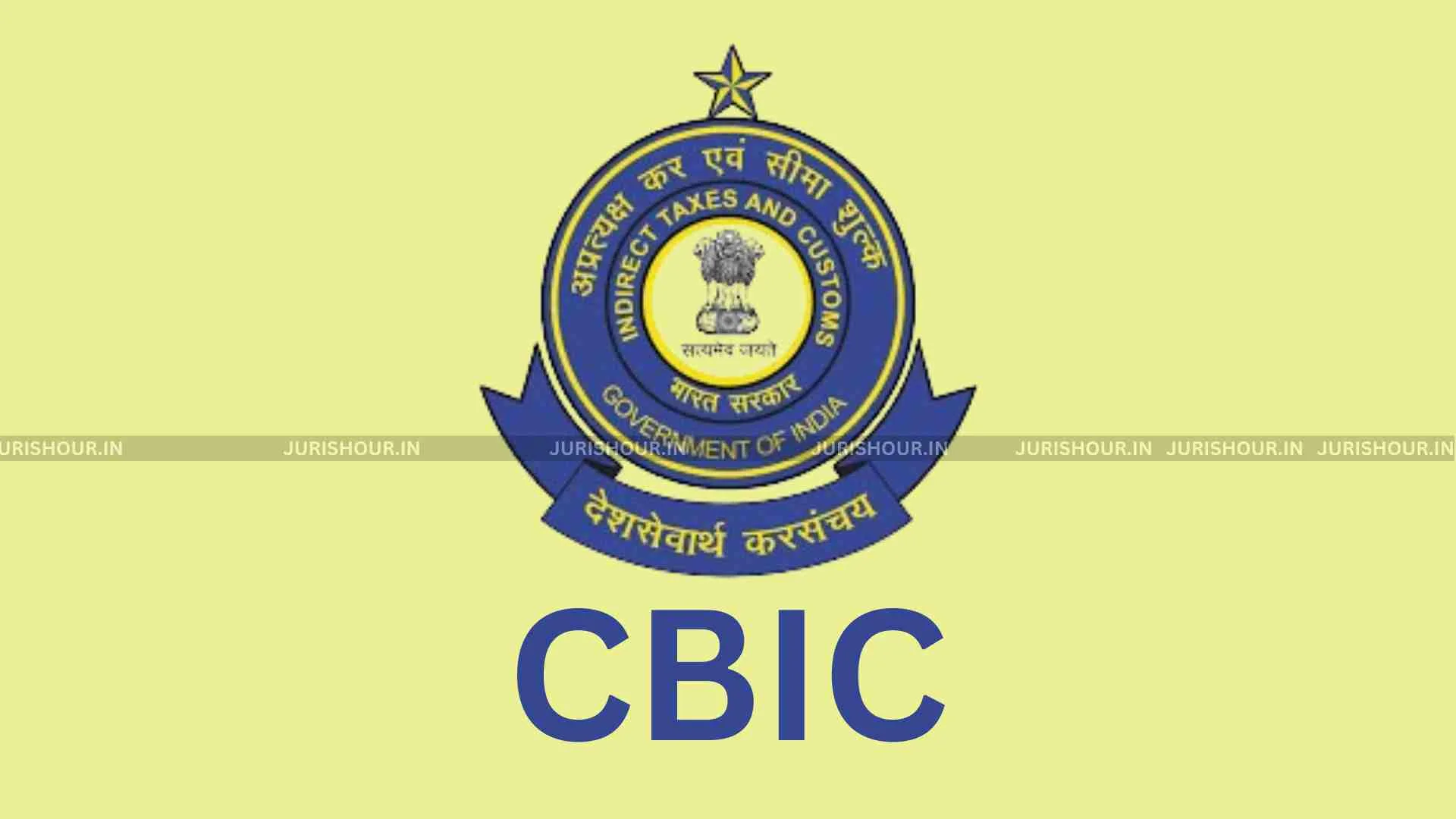The Central Board of Indirect Taxes and Customs (CBIC), under the Ministry of Finance, has introduced a series of trade-centric digital reforms.
These measures, collectively described as CBIC’s “Advance End-to-End Trade-Centric Digitalization,” aim to streamline customs procedures, reduce manual intervention, and enhance the ease of doing business for importers and exporters across India.
One of the most notable changes is the relaxation of GST credit eligibility for Special Economic Zone (SEZ) transactions. Domestic Tariff Area (DTA) buyers can now claim GST input credit on SEZ purchases even in the absence of a permanent Importer Exporter Code (IEC). This move is expected to particularly benefit smaller businesses and startups that engage with SEZ units but have not yet obtained a permanent IEC registration.
In another significant development, CBIC has enabled importers to upload their IGCR Form 3A and 4 data in Excel format. This upgrade allows for the submission of Bills of Entry data containing more than 10,000 line items in a single upload. It simplifies the documentation process for businesses dealing with large product inventories, reducing both time and operational costs.
As part of its Webforms Initiative, the CBIC is phasing out traditional service centre-based form submissions. A total of 16 webforms have already been tested, and five new web-based forms — including those for Shipping Bill Amendment, Short Shipment, ICD-IGM Fresh/Amendment, and LCS Export Report — are scheduled to go live soon. Unlike earlier processes, these webforms will be handled directly by customs field officers rather than intermediaries at service centres. The change is expected to improve turnaround times and ensure better transparency and accountability.
Furthermore, CBIC has made strides under the Sea Cargo Manifest and Transhipment Regulations (SCMTR) by implementing Export SDM/SDN messaging systems at four key ports: Kandla (INIXY1), Ennore (INENR1), Katupalli (INKAT1), and Paradeep (INPRT1). The introduction of these digital message systems aims to enhance cargo tracking, documentation, and coordination across customs ports.
Collectively, these reforms reflect CBIC’s broader commitment to leveraging technology to simplify trade, reduce compliance costs, and enhance the global competitiveness of Indian businesses. The end-to-end digitalization drive is a key component of the government’s vision to transform the country into a trade-friendly and digitally empowered economy.

